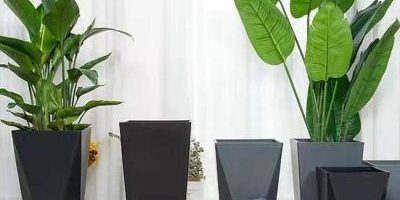Plastic pots are a popular choice among gardeners for a variety of reasons. In this blog post, we’ll explore the pros and cons of using plastic pots in gardening.
Pros:
- Affordability: Plastic pots are generally more affordable than other materials like ceramic or clay. This makes them a cost-effective choice, especially for gardeners on a budget.
- Durability: Plastic pots are highly durable and can withstand various weather conditions. They won’t break easily, and they can last for many seasons.
- Lightweight: Plastic pots are lightweight, making them easy to move around the garden. This is particularly useful if you need to rearrange your plants or bring them indoors during harsh weather.
- Versatility: Plastic pots come in various sizes, shapes, and colors, allowing you to choose the perfect ones for your gardening needs.
Cons:
- Limited Breathability: Plastic pots do not allow for proper aeration of the soil, which can lead to issues like overwatering and poor root development. It’s important to use well-draining soil and be cautious with watering.
- Environmental Concerns: Plastic pots are not biodegradable and can contribute to plastic waste. However, many gardeners now opt for recyclable or reusable plastic pots to minimize their environmental impact.
- Temperature Sensitivity: Plastic pots can heat up quickly in direct sunlight, which can harm plant roots. To mitigate this, consider using light-colored pots or providing shade during hot weather.
In conclusion, plastic pots have their advantages and disadvantages. They are a practical choice for many gardeners, but it’s essential to be aware of their limitations and take steps to address them for successful gardening.






